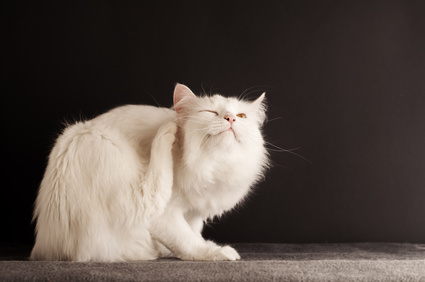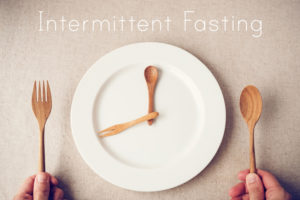
Mast cells are a key player in the immune system response. They release histamine and other inflammatory agents into the bloodstream to fight viruses and bacteria, parasites, and promote wound healing. Pretty much any invader can cause this mast cell activation, or a perceived intrusion, by food and beauty products for example, when the immune system is on a rampage. There’ll be a root cause for many dealing with mast cell/histamine related symptoms and inflammation, and resolving it will hopefully lead to recovery once the immune system is able to rest easy knowing its work is done. All references are found at the end of the post.
Parasites.
Nowadays nothing sets off my quack-ometer more violently than parasite “zapping”.
Well, that biofeedback machine where you hold the copper balls in your hands to diagnose/treat allergies and a few other choice pseudoscientific delights with a real potential to kill, or at least totally fleece people, maybe. In the years before become a (somewhat) sceptical journalist for CNN and the BBC I flushed a tremendous amount of money down the loo submitting to many of these questionable treatments. Nowadays I write about healing naturally, but using scientifically backed research, much of it conducted on poor little animals or in test tubes; but we work with what we have.
Sadly, parasites are a real thing, and medical diagnosis and treatment is possible, if only more practitioners were open to the idea, rather than driving us desperate folk into the arms of quacks.
Mast cells are a kind of army barracks that house histamine and other inflammatory soldiers till they’re called into battle for our survival. These cells release inflammation like histamine into the bloodstream as a first line of defence against parasites. Mast cells can control parasites in a number of ways, one of which is by regulating gut permeability (causing or fixing what some may know as leaky gut).
Histamine released by mast cells can also happen via IgE immune system response (like in allergies). There are many causes of a high overall IgE level, but parasite infection is definitely one of them. Interestingly, you may have heard in the last few years that people have been trying to cure allergies by knowingly infecting themselves with helminths. I know a number of cases where this has backfired, so please be very careful if you choose to investigate this.
Signs and symptoms
Abdominal pain, diarrhea, nausea or vomiting, gas or bloating, rash or itching of the posterior, stomach pain or tenderness, tiredness, weight loss.
Testing
According to the Centers for Disease Control (CDC) your doctor should consider:
A fecal (stool) test/ova and parasite test (O&P)
The CDC recommends that three or more stool samples be collected on separate days to find parasite eggs. They must be refrigerated but not frozen.
Endoscopy
This test is recommended when parasite infection is suspected but not found using stool samples. It’s a fairly unpleasant procedure that allows the doc to examine the intestine to look for the little buggers or evidence they’ve been there.
Blood tests
Serology
This looks for antibodies produced by the immune system in response to the parasite.
Blood smear (not a live blood analysis)
This helps doctors spot any blood borne parasites.
X-ray/MRI/CAT
These are used to spot any lesions caused by some types of parasite infections.
The University of Maryland Medical Center (UMMD) details something called the “Scotch Tape Test” that is so stomach charmingly gross that I can’t quite bring myself to repeat it. Do ask your doc about it though because it seems an inexpensive, pain-free, if insanely embarrassing, approach. That said, women regularly undergo some undeniably barbaric and humiliating procedures, so what’s one more, right?
Dietary approaches
Last week I shared a wonderful Indian spice that easily replaces onions and garlic in flavour, which is handy for those allergic to the allium family or low FODMAPs. It also happens to kill some types of parasites. Read the post here.
May stop parasites from growing…
Avoiding sugars.
Eating raw garlic, pumpkin seeds, pomegranates, beets and carrots (all low histamine), which have been traditionally used to kill parasites.
Eating more fiber to poop them out.
Zinc to support the immune system .
You’ll find recipes full of foods with antihistamine and anti-inflammatory properties my books Anti-Recipes and The Anti-Cookbook
CLICK HERE TO CREATE YOUR OWN PERSONALISED HEALING HISTAMINE PLAN.
The UMMD offers a nice round up of potential natural remedies
Garlic
Barberry
Goldenseal
Curled mint
Please always consult a doctor before adding new foods or supplements.
——– REFERENCES ——–
“Total IgE.” Lab Tests Online. Lab Tests Online, n.d. Web. 16 July 2016.
Saluja, R., M. Metz, and Marcus Maurer. “Role and Relevance of Mast Cells in Fungal Infections.” Front. Immun. Frontiers in Immunology 3 (2012): n. pag. Web.
“Intestinal Parasites.” University of Maryland Medical Center. N.p., n.d. Web. 16 July 2016.













